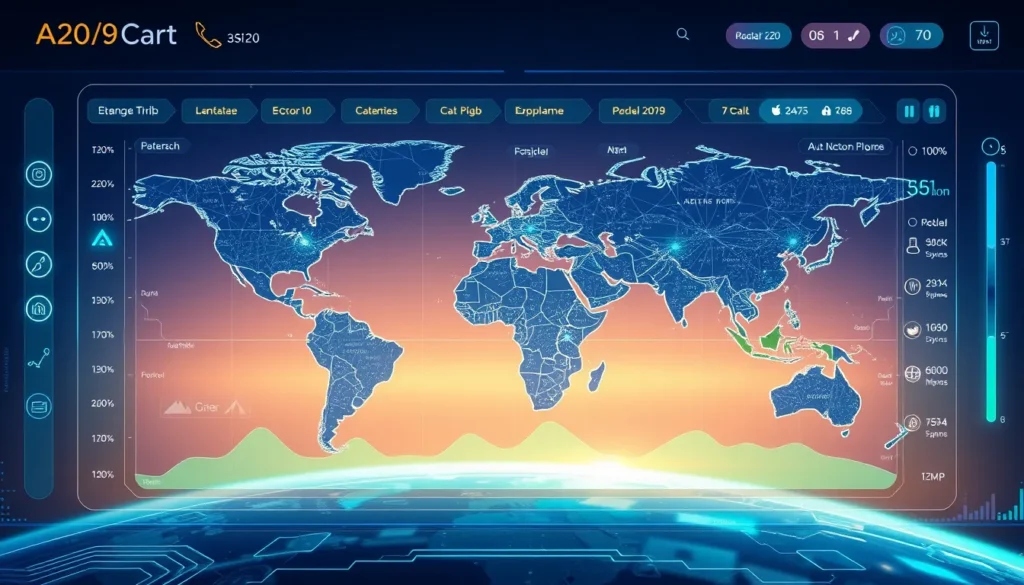Now Reading: Vibe Hacking: AI-Driven Cyber Manipulation Exposed
-
01
Vibe Hacking: AI-Driven Cyber Manipulation Exposed
Vibe Hacking: AI-Driven Cyber Manipulation Exposed

Vibe Hacking: AI-Driven Cyber Manipulation Exposed
In today’s rapidly evolving digital landscape, a new and unsettling threat has emerged: vibe hacking. This phenomenon represents a shift in cyber warfare, where advanced AI tools are harnessed not just to steal data, but to alter the emotional cues and digital atmospheres of online platforms. As organizations and societies increasingly depend on digital trust, understanding the insidious nature of vibe hacking becomes essential.
What is Vibe Hacking?
Vibe hacking refers to the use of AI-driven cyber manipulation techniques to infiltrate and modify the mood and informational environment within digital communities. Unlike traditional cyber-attacks focused solely on data breaches or disruption, vibe hacking manipulates the underlying digital vibe—the emotional and perceptual cues that influence how users interact online. Experts warn that these tactics can subtly alter public perceptions and even sway group sentiment without immediate detection.
The Mechanics Behind AI-Driven Cyber Manipulation
At the core of vibe hacking lies advanced artificial intelligence. AI-driven cyber manipulation leverages machine learning algorithms to analyze vast amounts of user data in real time. These systems learn behavioral patterns, predict responses, and ultimately craft targeted narratives aimed at shifting public sentiment. The process involves:
- Data mining from social media, messaging apps, and online forums
- Real-time sentiment analysis and behavioral prediction
- Crafting and disseminating persuasive content designed to alter digital moods
By spreading tailored messages across multiple platforms, these cyber tactics not only breach cybersecurity defenses but also challenge the integrity of digital communication. The focus on emotional manipulation distinguishes this form of attack from more conventional cyber threats.
Psychological Impacts of Vibe Hacking
The psychological ramifications of vibe hacking are profound. When online platforms—once considered safe communities—begin to exhibit altered moods or biased content, the impact on user well-being can be significant. The manipulation affects not only individual emotions but also the collective psychology of digital communities. Consequences include:
- Increased mistrust among users
- Heightened anxiety over digital interactions
- A distorted perception of reality and public opinion
Several studies have indicated that constant exposure to manipulated digital environments can lead to long-term behavioral changes. This underlines the urgency for both users and cybersecurity professionals to address and mitigate these threats. Reliable information from organizations like the Cybersecurity & Infrastructure Security Agency (CISA) provides guidelines and insights on how to combat these emerging challenges.
Innovating Security Frameworks for Vibe Hacking
With the advent of vibe hacking, traditional cybersecurity measures have proven inadequate. The digital world now demands innovative security frameworks that not only identify data breaches but also the subtle manipulation of online emotions and moods. Key components of these next-generation frameworks include:
- Advanced behavioral analytics to detect abnormal sentiment changes
- Integration of AI-based monitoring systems
- Collaborative defense strategies between private and public sectors
- Regular security audits focused on digital trust and platform resilience
By employing these cutting-edge measures, cybersecurity teams can better detect, analyze, and respond to the evolving threat of vibe hacking. It is imperative that stakeholders invest in these advanced security protocols to safeguard both digital identities and communal interactions.
Addressing AI-Driven Cyber Threats
The overall threat landscape is further complicated by the dual nature of AI—capable of both tremendous innovation and potential misuse. The same technologies that drive enormous benefits in efficiency and creativity can also be redirected towards harmful purposes. As such, regulatory frameworks and ethical guidelines are urgently needed to balance these competing interests. The debate among experts centers on how to both harness AI’s benefits and simultaneously protect the public from its risks.
Conclusion: Navigating a New Era of Digital Trust
In conclusion, vibe hacking represents a paradigm shift in cybersecurity. As digital trust becomes increasingly central to our online interactions, understanding and mitigating the risks posed by AI-driven cyber manipulation is essential. The fusion of advanced AI techniques with cyber-attacks introduces unprecedented challenges that require innovative security solutions, robust regulatory oversight, and a proactive approach from all digital stakeholders.
By exploring the multifaceted aspects of vibe hacking—from its mechanics to its psychological impacts and the need for innovative security frameworks—we can begin to formulate comprehensive strategies to protect our virtual environments. In a world where every online interaction counts, staying informed and prepared is the first step towards maintaining digital integrity and trust.

























